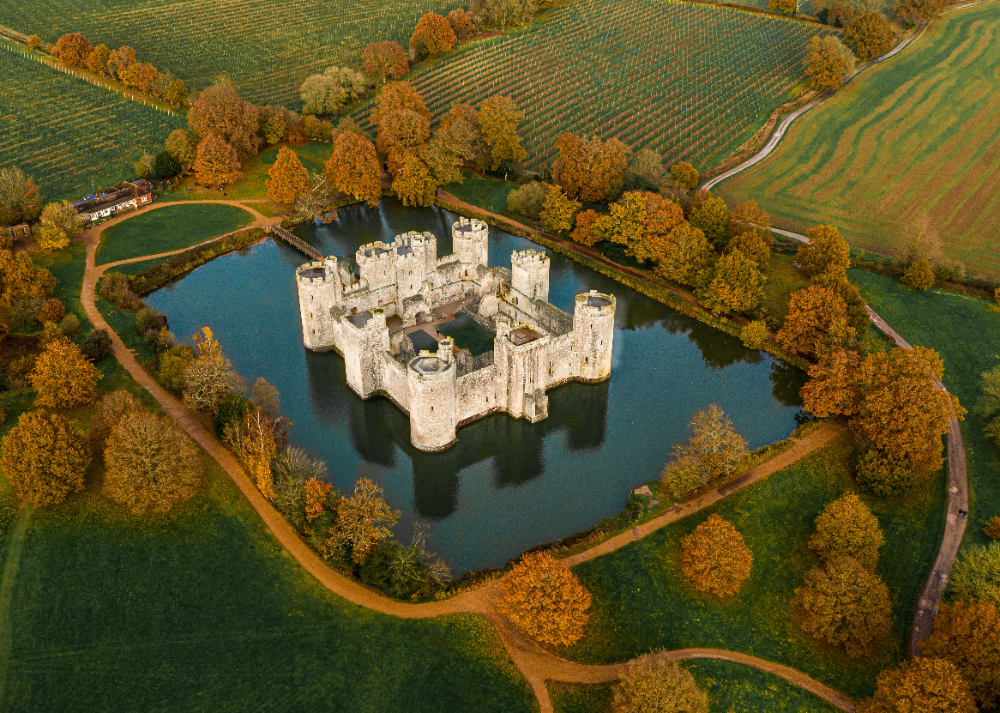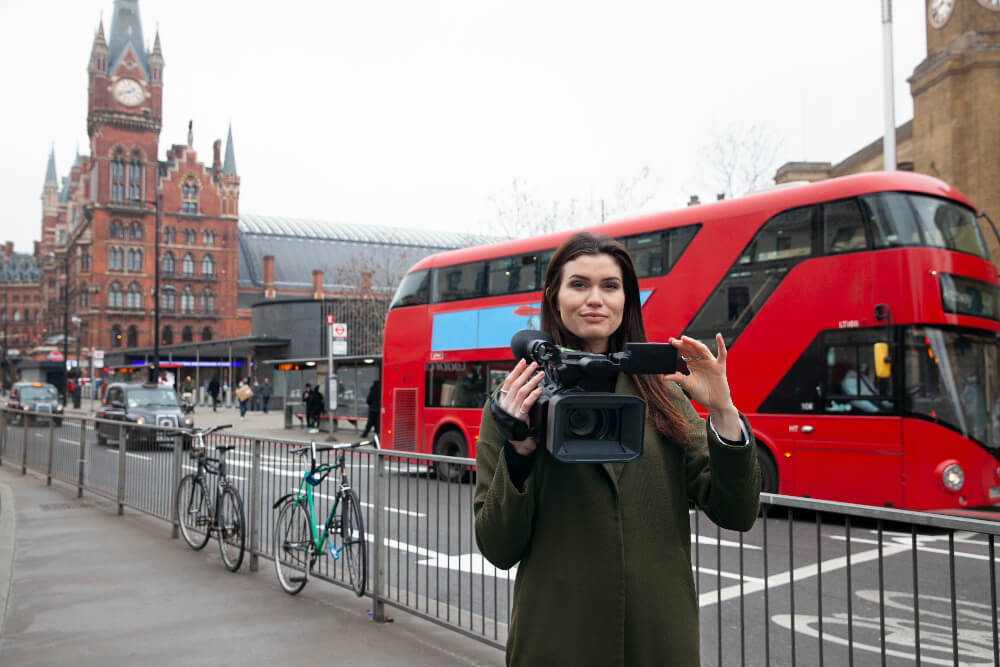Exploring the majestic Leadership Lessons English Castles isn’t just a journey through history; it’s an insightful look into the essence of leadership that has shaped societies.
From the imposing walls of Windsor Castle to the haunting ruins of Tintagel, these iconic structures offer more than just architectural beauty—they tell stories of power, strategy, and governance.
In this guide, we’ll dive into the fascinating world of English castles and their role in leadership, answering common questions and addressing your curiosities.

Common Questions About Leadership Lessons English Castles
- Why were castles built in England?
- Castles were primarily built for defense, but they also served as administrative centers, symbols of power, and residences for nobility.
- How did castles influence leadership?
- Castles were the command centers where leaders strategized, managed their territories, and showcased their strength.
- What are some famous English castles known for their leadership roles?
- Windsor Castle, the Tower of London, and Warwick Castle are a few examples that played significant roles in leadership and governance.
- Can visiting castles teach us about modern leadership?
- Absolutely! The stories and strategies of past leaders can offer valuable lessons in resilience, strategy, and leadership.
Iconic Leadership Lessons English Castles Stories
Windsor Castle: The Heart of British Monarchy
Windsor Castle, the oldest and largest occupied castle in the world, has been a symbol of the British monarchy for over 900 years.
Built by William the Conqueror, it has served as a fortress, a royal residence, and a hub of political activity.
The castle’s strategic location near London made it an ideal spot for defense and governance.
Leadership Lesson: Adaptability
Windsor Castle has evolved through centuries, adapting to the needs of its occupants and the times.
This adaptability is a crucial leadership trait, demonstrating the importance of evolving with circumstances while maintaining core values.
The Tower of London: A Fortress of Fear and Authority
The Tower of London, initially built by William the Conqueror, has played multiple roles, including a royal palace, prison, and treasury.
Its infamous history as a place of imprisonment and execution made it a powerful symbol of the monarch’s authority.
Leadership Lesson: The Power of Symbols
The Tower’s presence alone was enough to deter rebellion and ensure loyalty.
Modern leaders can learn about the impact of symbols and presence in establishing authority and respect.
Warwick Castle: A Stronghold of Strategy
Warwick Castle, established by William the Conqueror, is known for its strategic importance in controlling the Midlands.
Its formidable defenses and strategic location made it a key player in numerous conflicts, including the Wars of the Roses.
Leadership Lesson: Strategic Planning
The strategic significance of Warwick Castle underscores the importance of careful planning and forethought in leadership.
Successful leaders anticipate challenges and prepare accordingly.
Tintagel Castle: Legends and Leadership
Tintagel Castle, linked to the legend of King Arthur, is perched on the rugged Cornish coast.
While its historical accuracy is debated, its mythical association with Arthurian legends adds a layer of mystique to its leadership story.
Leadership Lesson: Inspiring Through Stories
The legend of King Arthur at Tintagel teaches us about the power of storytelling in leadership.
Engaging narratives can inspire and unite people towards a common goal.
Leeds Castle: A Fortress Turned Residence
Leeds Castle, often referred to as the “loveliest castle in the world,” has a rich history dating back to 1119.
It transitioned from a Norman stronghold to a royal residence, housing six queens of England.
This castle is a testament to the importance of flexibility and resilience in leadership.
Leadership Lesson: Flexibility
Leeds Castle’s ability to adapt to various roles over centuries highlights the importance of flexibility in leadership.
Being open to change and adapting to new circumstances can lead to sustained success.
Dover Castle: The Key to England
Dover Castle, known as the “Key to England,” has a history spanning over 2,000 years.
Its strategic location atop the White Cliffs of Dover made it a critical defense point against invasions.
From Roman times to World War II, Dover Castle has been at the forefront of England’s defense.
Leadership Lesson: Preparedness
Dover Castle’s enduring legacy as a defensive stronghold teaches leaders the importance of preparedness.
Anticipating threats and being ready to respond is a crucial aspect of effective leadership.
Alnwick Castle: A Center of Power and Culture
Alnwick Castle, home to the Duke of Northumberland, has been a symbol of power and culture since the 11th century.
It has served as a military outpost, a seat of governance, and a cultural center, hosting events and films like the Harry Potter series.
Leadership Lesson: Cultural Stewardship
Alnwick Castle’s role as a cultural hub emphasizes the importance of cultural stewardship in leadership.
Preserving and promoting culture can strengthen community bonds and enhance leadership credibility.
Edinburgh Castle: Scotland’s Icon of Resilience
Although not in England, Edinburgh Castle’s proximity and historical ties to English history make it worth mentioning.
Perched atop Castle Rock, this fortress has withstood numerous sieges and played a pivotal role in Scotland’s history.
Leadership Lesson: Resilience
Edinburgh Castle’s ability to withstand adversity teaches leaders the value of resilience. Overcoming challenges and emerging stronger is a hallmark of effective leadership.

Making History Come Alive: Tips for Visiting Castles
Plan Your Visit
- Research Ahead: Check the opening hours, tour schedules, and any special events or exhibits. Many castles offer guided tours that provide deeper insights into their history and leadership roles.
- Buy Tickets in Advance: Popular castles can get crowded, especially during peak tourist seasons. Purchasing tickets online in advance can save time and ensure you get to explore at your own pace.
- Consider Memberships: If you plan to visit multiple castles, consider getting a membership with organizations like English Heritage or the National Trust. These memberships often offer unlimited entry to various historic sites.
Engage with Exhibits
- Interactive Displays: Many castles have interactive exhibits that bring history to life. Engage with these to gain a deeper understanding of the historical context and leadership lessons.
- Audio Guides: Some castles offer audio guides that provide detailed information about each room and exhibit. These guides can enhance your visit by offering insights you might miss on a self-guided tour.
- Ask Questions: Don’t hesitate to ask questions to tour guides or staff. They can provide additional context and share fascinating stories about the castle’s history and its leaders.
Reflect on Leadership
- Journal Your Thoughts: As you explore, take notes on how the strategies and decisions made within these walls relate to modern leadership challenges. Reflecting on these can deepen your understanding and offer practical insights.
- Discuss with Others: If you’re visiting with friends or family, discuss your observations and thoughts. Different perspectives can enrich your understanding and make the experience more engaging.
- Capture the Moment: Take photos or make sketches of key areas that resonate with you. These visual memories can serve as reminders of the leadership lessons you learned during your visit.
Conclusion
Exploring England’s iconic castles offers more than just a glimpse into the past—it provides valuable lessons in leadership that are still relevant today.
From the adaptability of Windsor Castle to the strategic planning of Warwick Castle, each site has unique stories and insights to offer.
By visiting these castles, engaging with their histories, and reflecting on their leadership lessons, you can enrich your understanding of both history and modern leadership.
Embark on your own journey through England’s castles, and let their stories inspire and guide you in your leadership endeavors.
Whether you’re a history enthusiast, a leader seeking inspiration, or a traveler looking for an enriching experience, these castles have something to offer everyone.
FAQs
What was the primary purpose of Leadership Lessons English Castles?
English castles served multiple purposes, primarily as symbols of power and wealth for the nobility.
They were also used to control key towns, forests, and territories.
While castles had defensive capabilities, their main role was to impose control and serve as centers of local administration.
Which English castle has the longest history of royal occupation?
Windsor Castle has been used by reigning monarchs since the time of Henry I (1100-1135) and is the longest-occupied palace in Europe.
It has been the residence of 39 British monarchs, including the current head of state, King Charles III.
How did Norman castles help establish control over England?
After the Norman conquest in 1066, William the Conqueror and his followers built a network of castles across England.
These structures were strategically placed to control towns, communication lines, and important resources.
The castles enabled the Normans to subjugate the English and successfully control their conquered territories.
What are some examples of iconic English castles?
Some iconic English castles include:
- Windsor Castle in Berkshire
- Dover Castle in Kent
- Warwick Castle in Warwickshire
- Leeds Castle in Kent
- Tower of London
How did castle designs evolve over time?
Castle designs evolved from early wooden structures to more complex stone fortifications:
- Early Norman castles were often motte-and-bailey or ringwork designs, with wooden defenses.
- In the 12th century, stone castles with square keeps became more common.
- Later designs incorporated more elaborate defensive features such as gatehouses, moats, and multiple walls.
- Over time, many castles were transformed into luxurious palaces and residences, with less emphasis on military functions.


